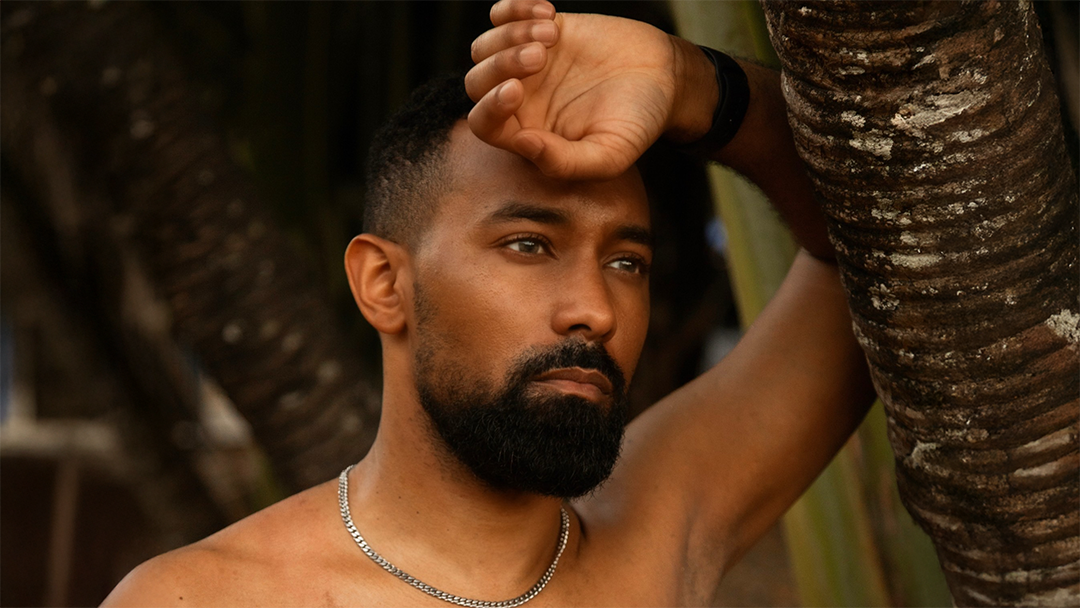For years, the pages of Shonen Jump magazine have been dominated by male heroes. Most female characters were merely love interests or background characters that rarely, if ever, got the spotlight. However, as Shonen Jump releases more and more series using the 'odd couple' format, it seems that female lead characters might finally be getting a chance to shine in both the magazine and shonen culture in general.
Right now, if you open up a copy of Shonen Jump, you'll find several female characters taking the spotlight and leading their respective series as part of a central duo. For instance, Me & Roboco, a series that started in July 2020, focuses on a young boy named Bondo who lives in a world where robots are the norm. However, when his family gets Roboco, a female robot maid, they find that her many quirks nature leads Bondo into many strange situations. And, while the story centers around Bondo, Roboco is often the focus of the series, being the basis for many of the manga's big moments and jokes.
Recent months have also brought us Candy Flurry, a series set in an alternate Japan where a special Toy Toy candy gives superpowers to those who eat it. However, this quickly goes wrong when a lollipop user accidentally destroys Tokyo. Tsumugi Minase, another lollipop user, tries to keep her use of the lollipops secret. However, when she rescues a member of the anti-candy police force from a candy-using criminal, Tsumugi must join the police force to find the actual perpetrator and clear her name. Tsumugi is your classic Shonen Jump protagonist, but a girl rather than a guy. This has attracted a lot of attention from both long-time Shonen Jump readers and manga fans, both of whom are falling in love with Candy Flurry's unique world and Tsumugi's snippy personality.
Shonen Jump's transition from the golden trio to the odd couple format has led to a boom in shonen female representation. Reducing the number of main characters from three to two means that each protagonist gets more time in the spotlight, which allows them both to get more development. This means that the female lead gets equal focus rather than making up the numbers in a trio. Female protagonists also work well in the odd couple format because having a couple made up of multiple genders helps spotlight how different each half of the duo is. It allows the writer to experiment with many diverse group dynamics, keeping things fresh.
Hopefully, these series get the attention they deserve and achieve mainstream success, finally giving us an iconic shonen heroine a la Goku or Luffy -- something that's long overdue. For years, women in shonen have been actively sidelined or undermined by the outdated notion that the genre is only for boys and that boys are incapable of understanding or empathizing with female characters. But this has been proven wrong time and time again.
Women read just as much shonen as men, and female leads can resonate with all readers, regardless of gender. This is obvious in the popularity of spin-off media that spotlights the female characters and the deluge of fanfiction that centers female characters and gives them the focus they are denied by the main series. The fact that 2001's Claymore is the last mainstream female-led Shonen Jump series shows that we are long overdue for this change.
It really feels that both female-led Shonen Jump series and female-led shonen, in general, are a tidal wave stuck behind a dam. The interest is there from both creators and fans, but those in charge are still nervous to fully commit to it. However, if one series can make it big in the mainstream, we'll likely see this dam crumble. Then currently running female-led shonen will get the attention it deserves, and we'll likely see many more big titles with female protagonists in both the pages of Shonen Jump and the rest of the shonen world.
About The Author

